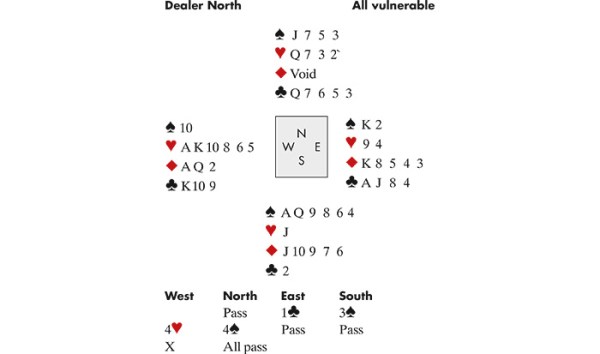The sad truth is, the length of time you’ve been playing bridge is no indication of how good you are. When I had my first lesson, aged 27, I’d already been playing with friends every week for five or six years. I quickly found out that almost everything we were doing was wrong. I was worse than a beginner: I came with a set of habits that had to be un-taught.
I was reminded of this when I came across an article by the novelist Alexander McCall Smith in an American newspaper. He and his wife are bridge addicts. A few years ago they went on a cruise which offered bridge classes. His wife, a ‘much stronger’ player than him, chose the intermediate class — but soon realised she was out of her depth; she belonged with the ‘novices’. As McCall Smith wrote, it was ‘a difficult thing to be told when one has been playing bridge regularly, every other week, for 35 years’.
On the other hand, there are players with such natural ability that in no time at all they are better than most of us could ever hope to be. At the 2nd World Youth Congress in Croatia in August, Roger Lee of the USA team (all in their early twenties) was at the helm in this contract:
West led the ♥10 to declarer’s ♥Q. Instead of playing on diamonds, Lee ran the ♣7 to East’s ♣J. East returned a low spade (understandably), and Lee put up the ♠J. Even with that piece of luck, Lee still didn’t rely on diamonds breaking. He led another club to the ♣Q and East’s ♣A. East played the ♠K, which Lee ducked, and another spade to Lee’s ♠A. Only now did Lee run the diamonds. The ♦J put West under pressure: he had to pitch his last spade. Now a club exit endplayed West to lead away from his ♥K. Kids these days, eh?






Comments